-
 © FCA Heritage/Stellantis
© FCA Heritage/Stellantis -
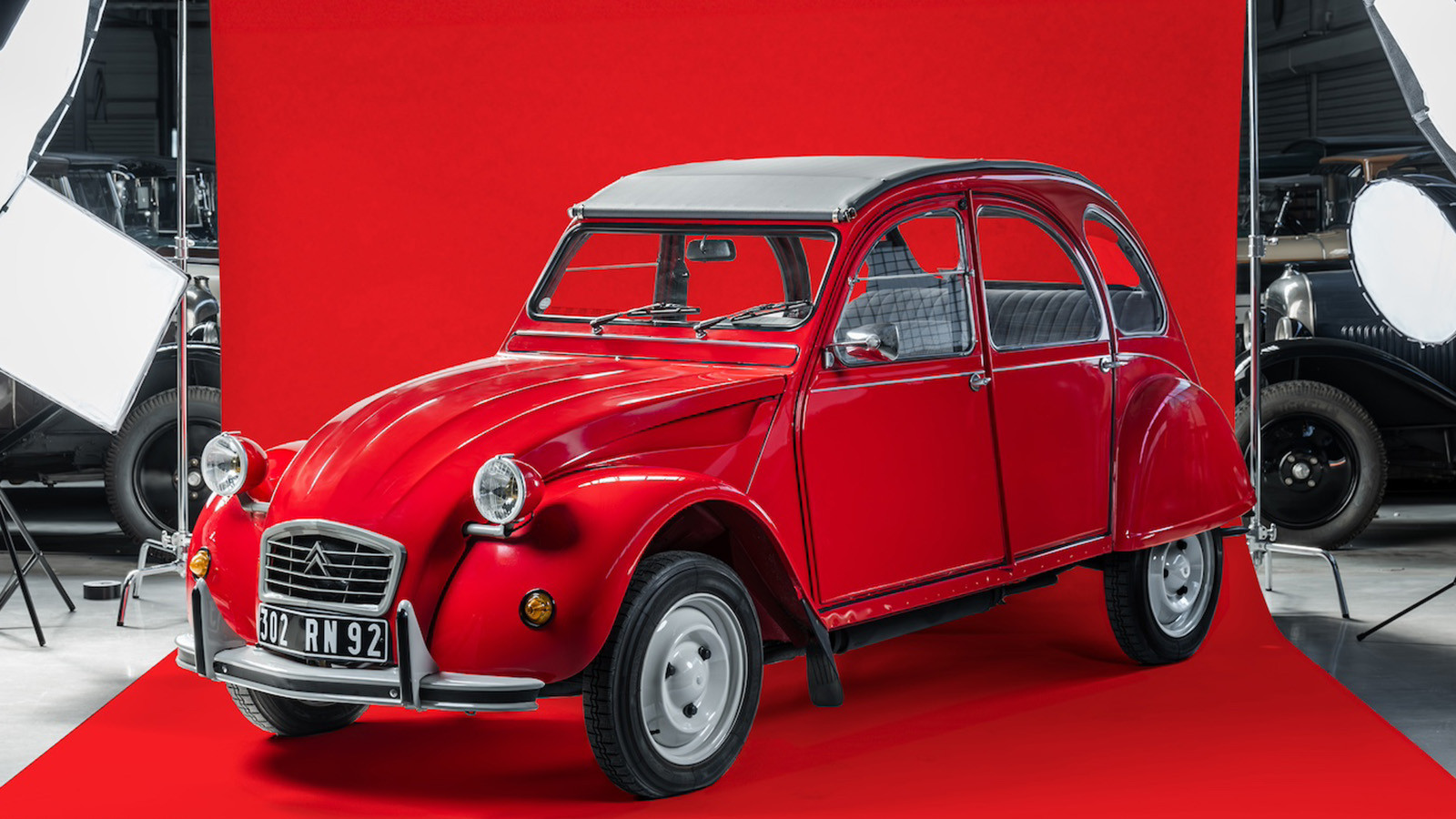 © Stellantis
© Stellantis -
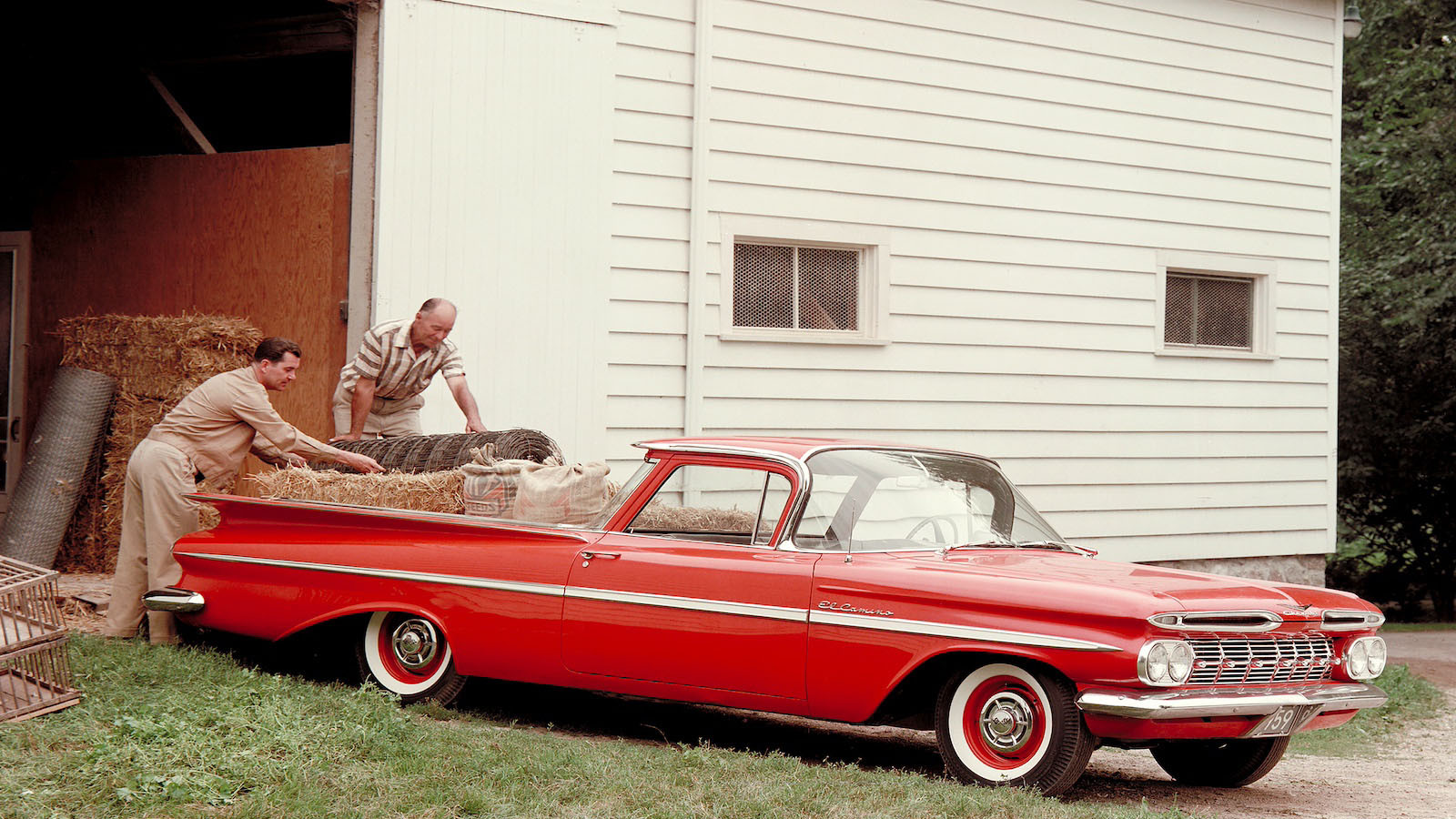 © General Motors
© General Motors -
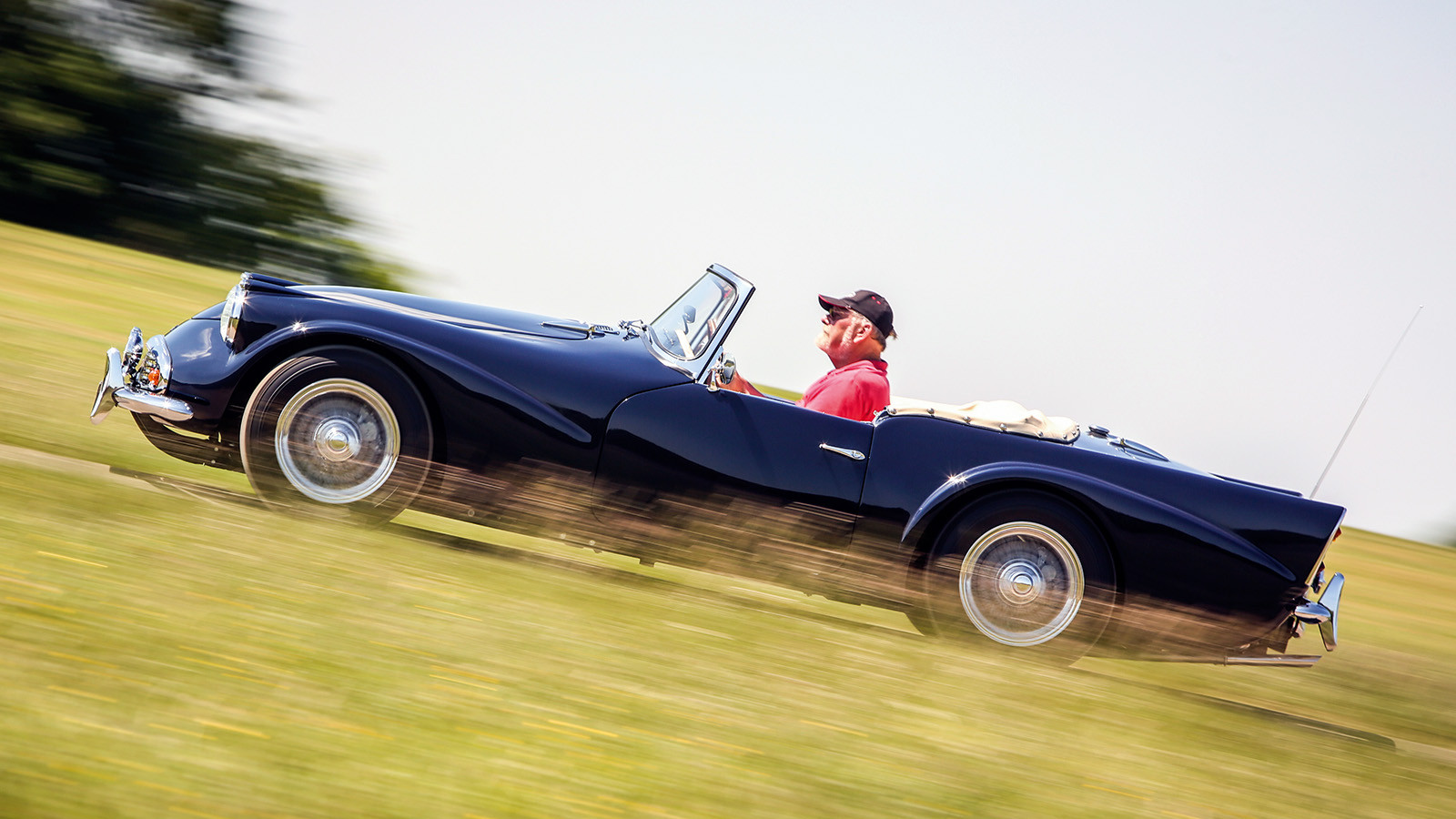 © Tony Baker/Classic & Sports Car
© Tony Baker/Classic & Sports Car -
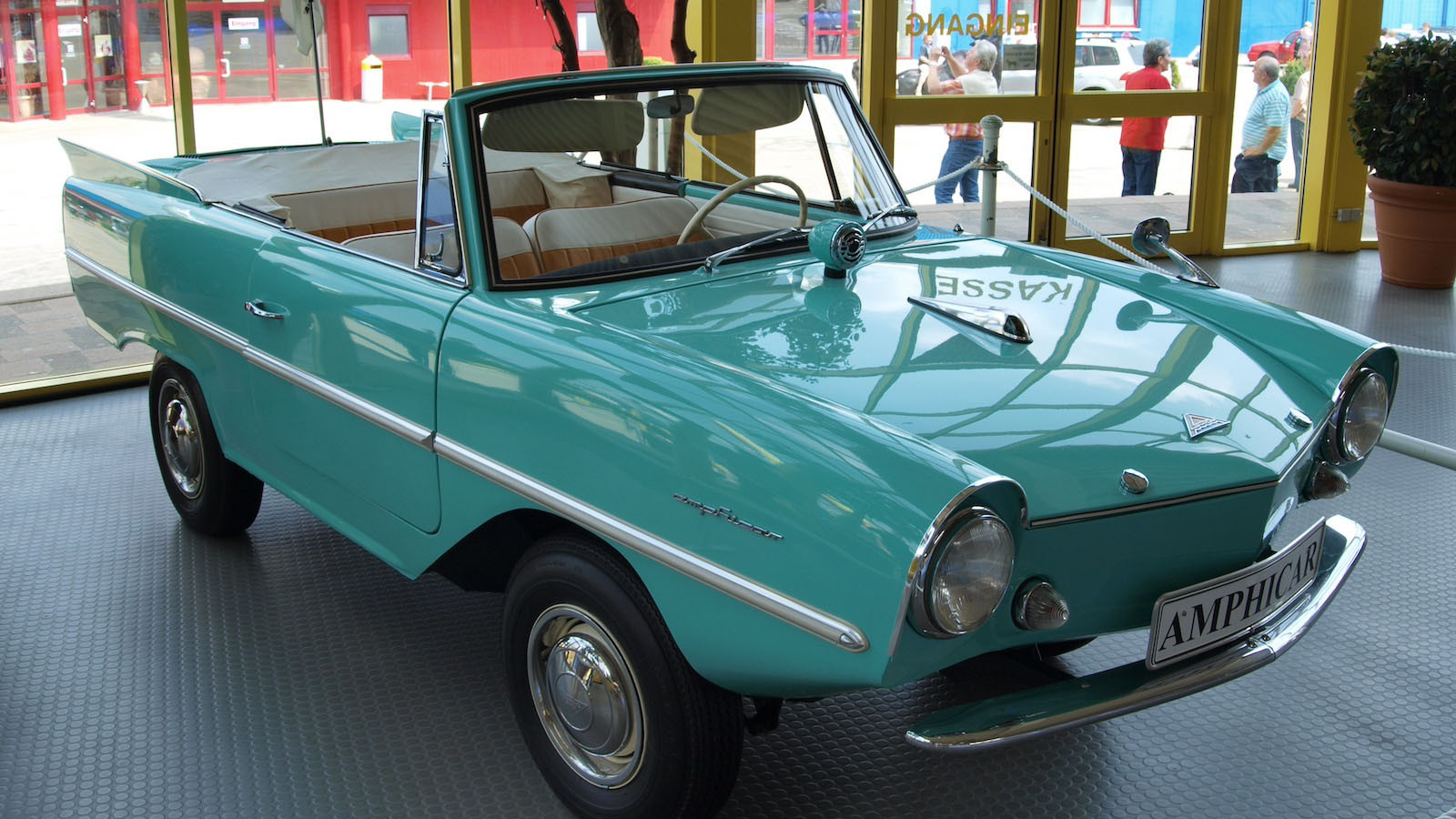 © Alf van Beem/Creative commons licence https://creativecommons.org/publicdomain/zero/1.0/deed.en
© Alf van Beem/Creative commons licence https://creativecommons.org/publicdomain/zero/1.0/deed.en -
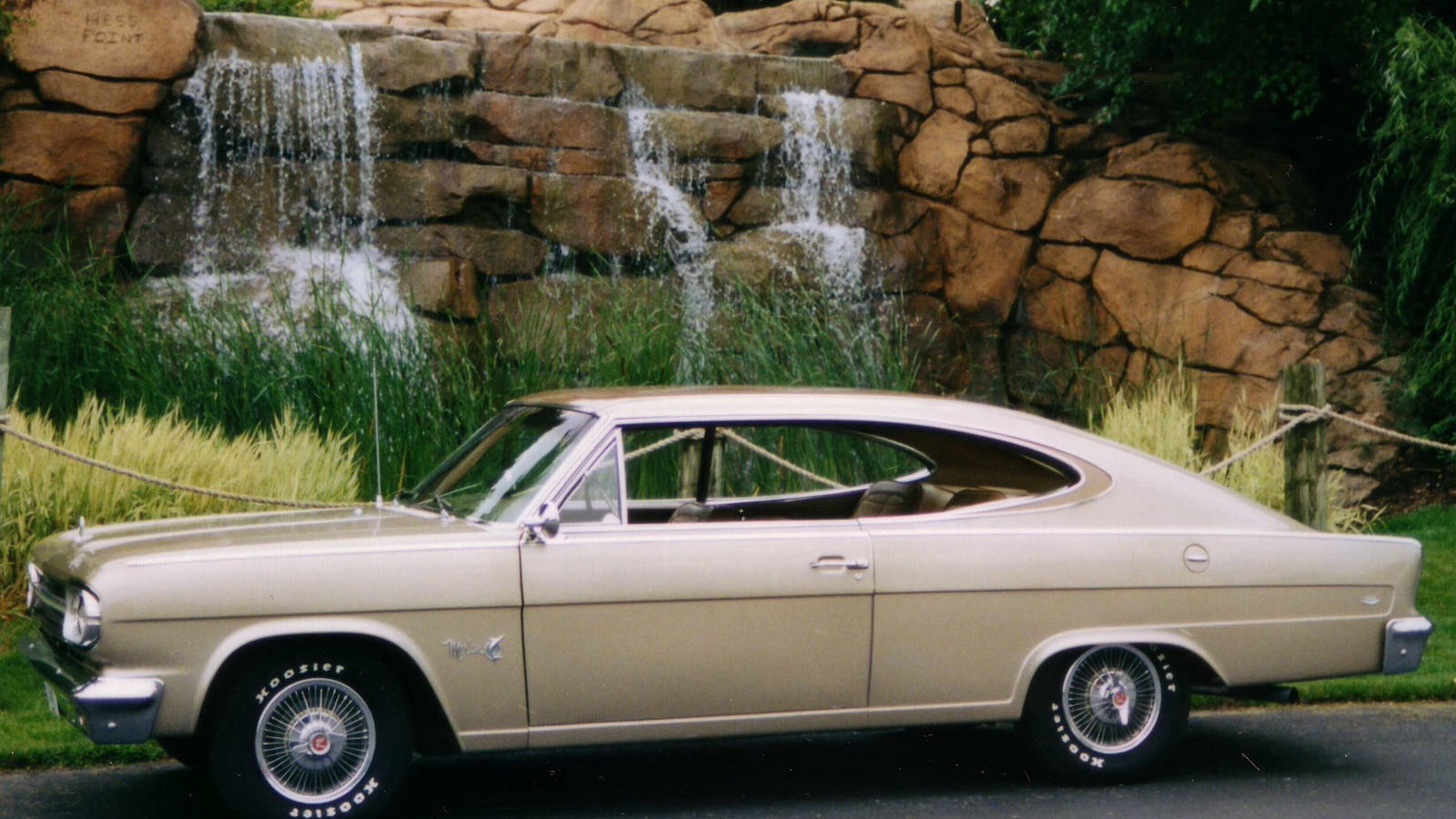 © Christopher Ziemnowicz
© Christopher Ziemnowicz -
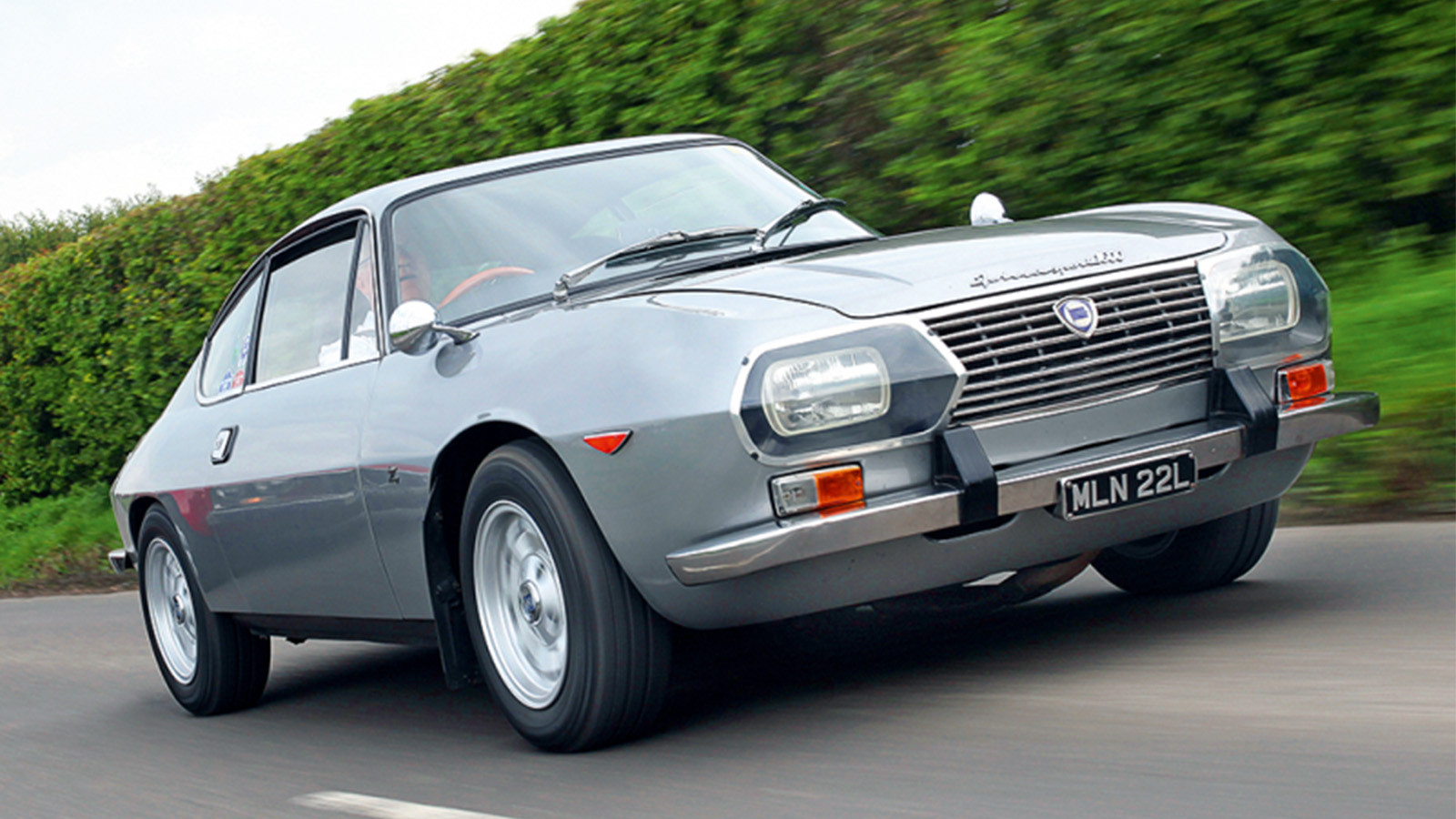 © James Mann/Classic & Sports Car
© James Mann/Classic & Sports Car -
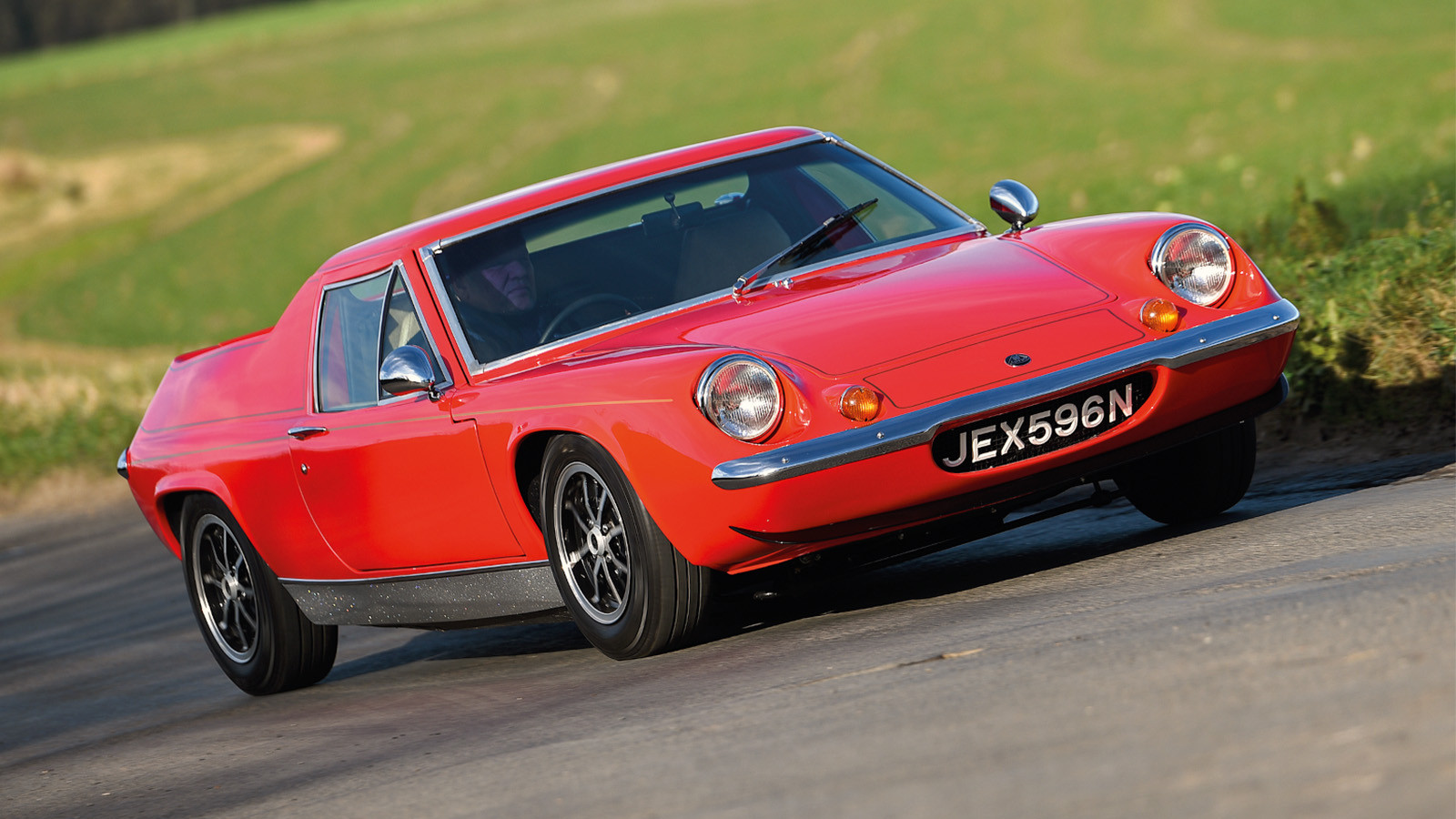 © Will Williams/Classic & Sports Car
© Will Williams/Classic & Sports Car -
 © Will Williams/Classic & Sports Car
© Will Williams/Classic & Sports Car -
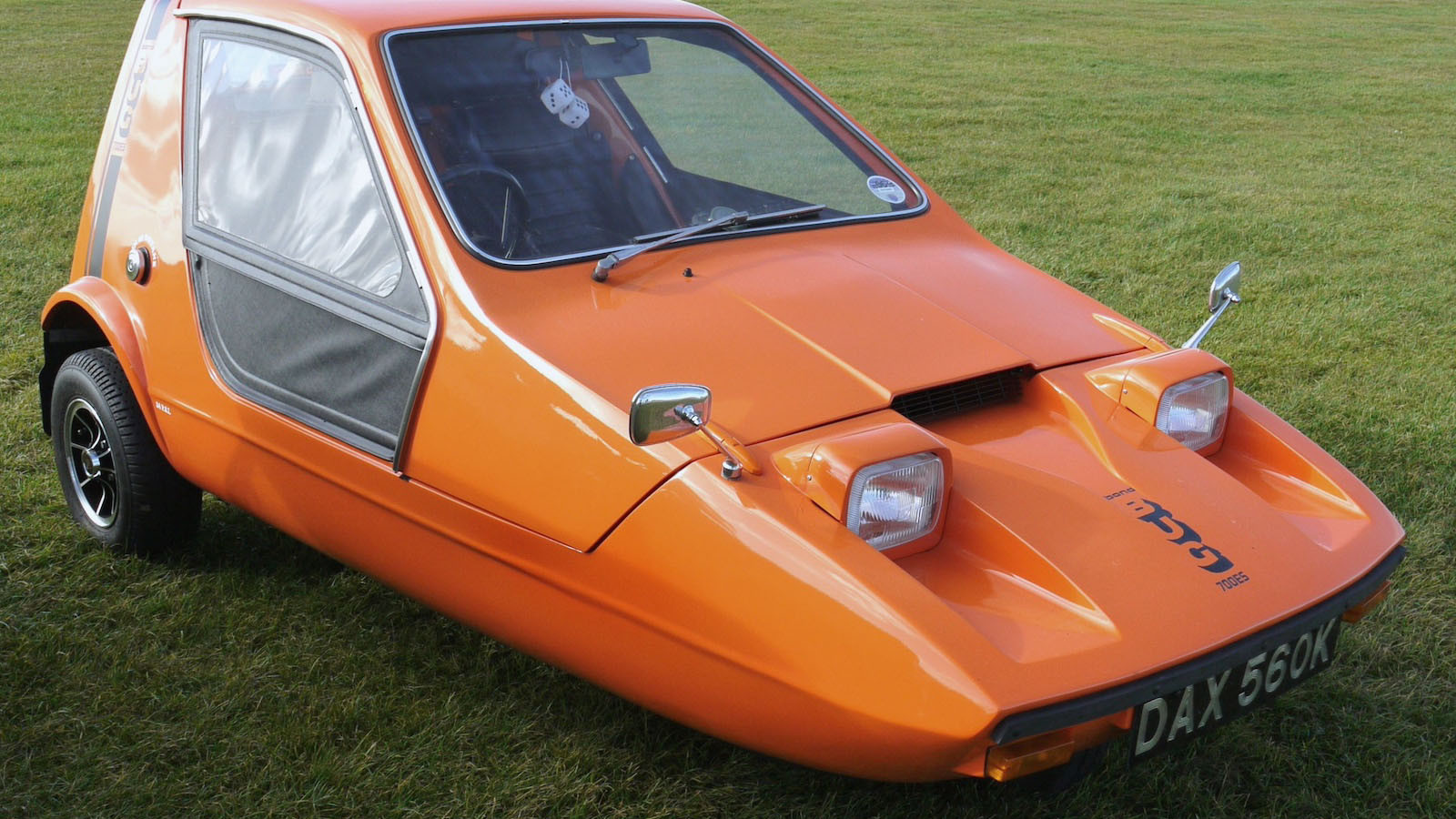 © Mick from England/Creative Commons licence https://creativecommons.org/licenses/by/2.0/
© Mick from England/Creative Commons licence https://creativecommons.org/licenses/by/2.0/ -
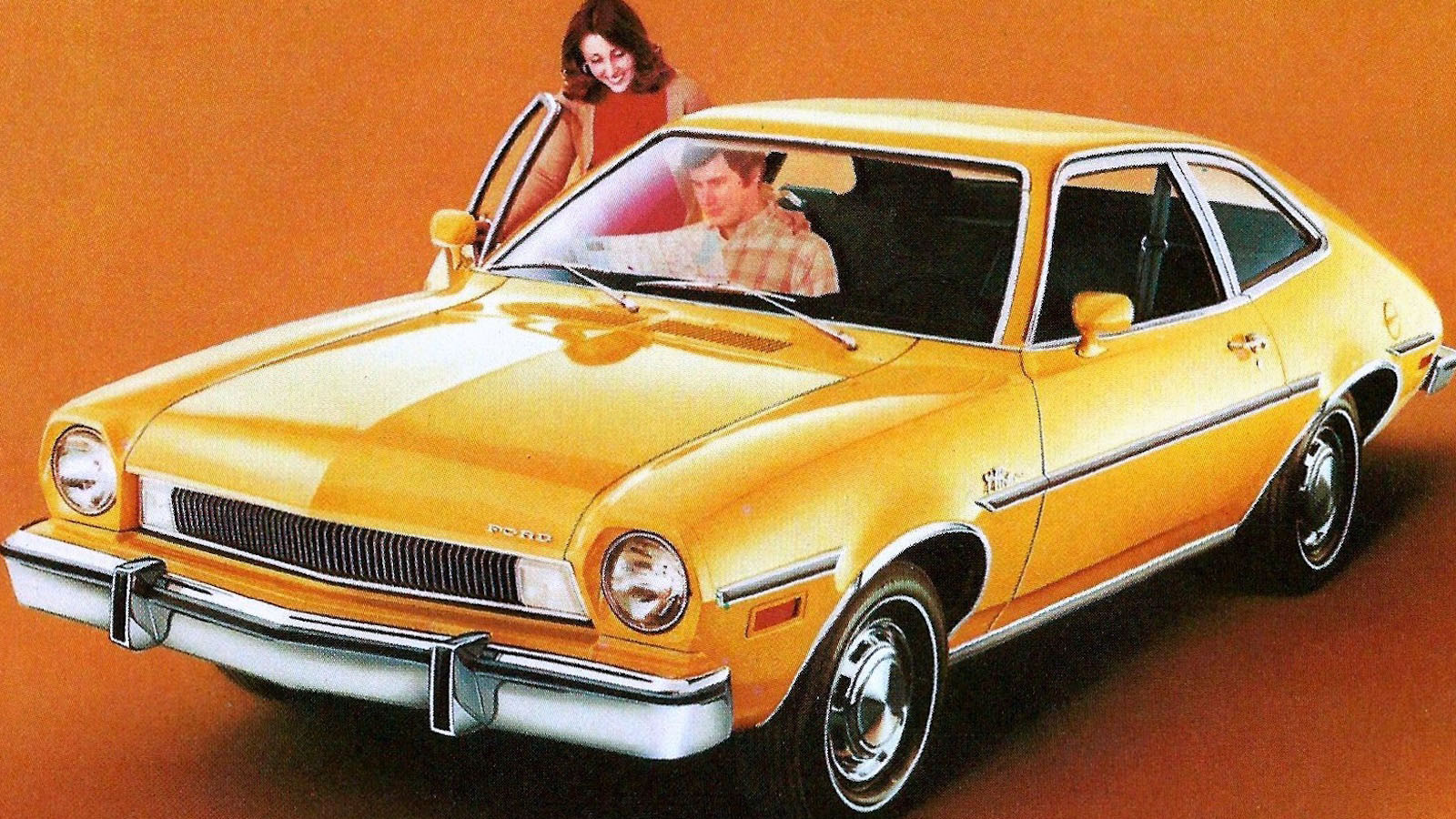 © Joe Haupt Flickr/Creative Commons licence https://creativecommons.org/licenses/by-sa/2.0/
© Joe Haupt Flickr/Creative Commons licence https://creativecommons.org/licenses/by-sa/2.0/ -
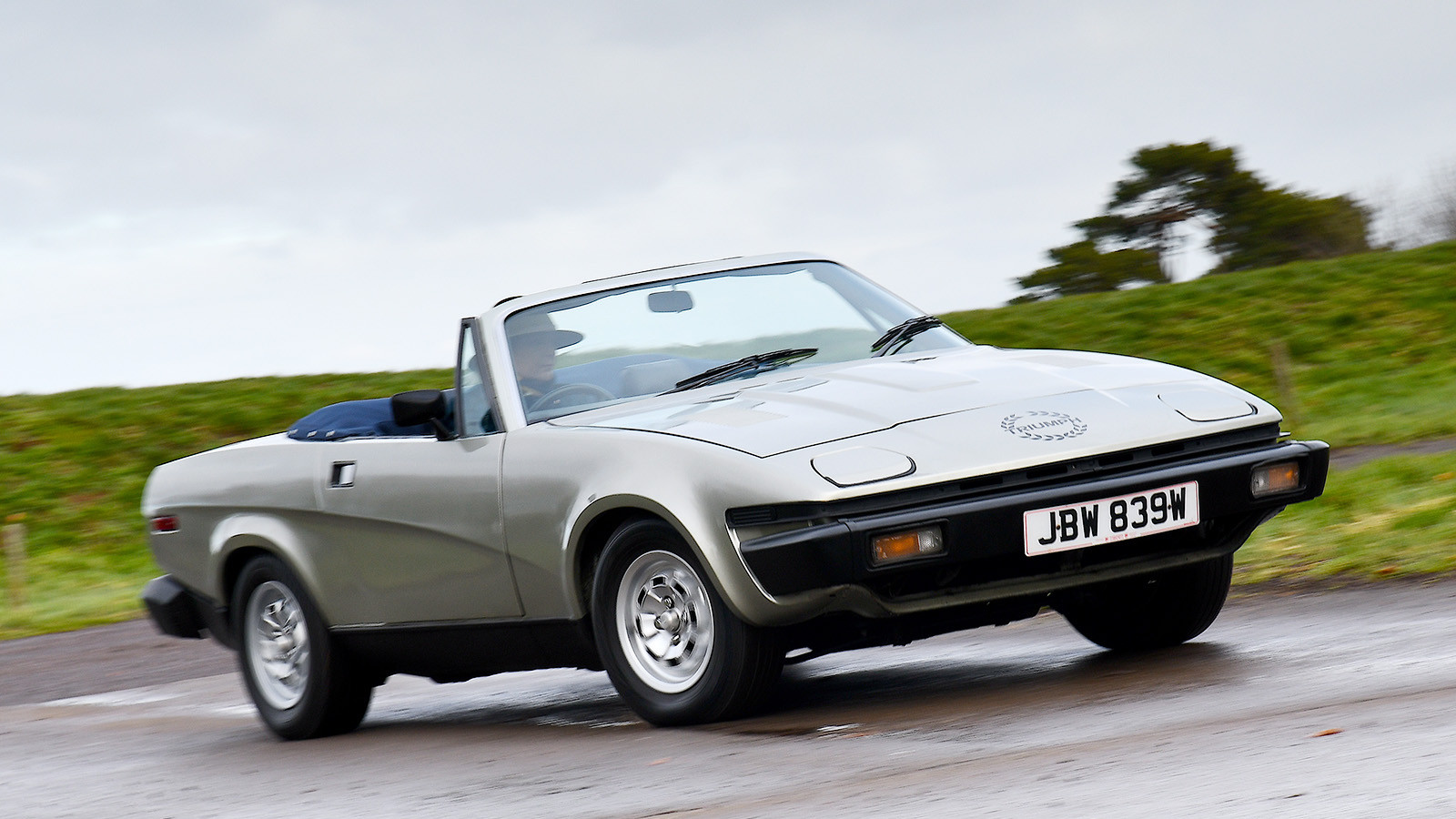 © John Bradshaw/Classic & Sports Car
© John Bradshaw/Classic & Sports Car -
 © Tony Baker/Classic & Sports Car
© Tony Baker/Classic & Sports Car -
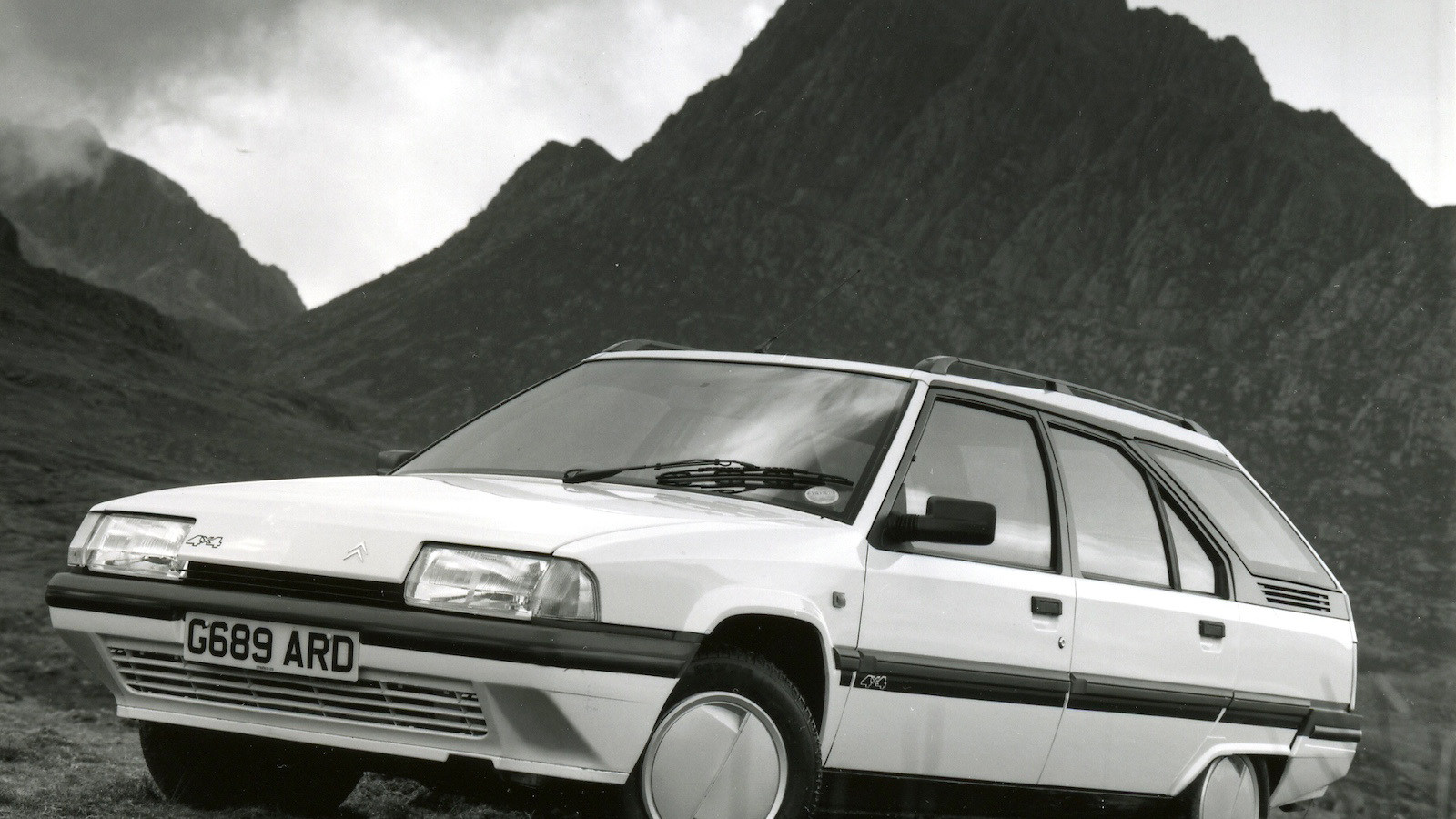 © Citroën
© Citroën -
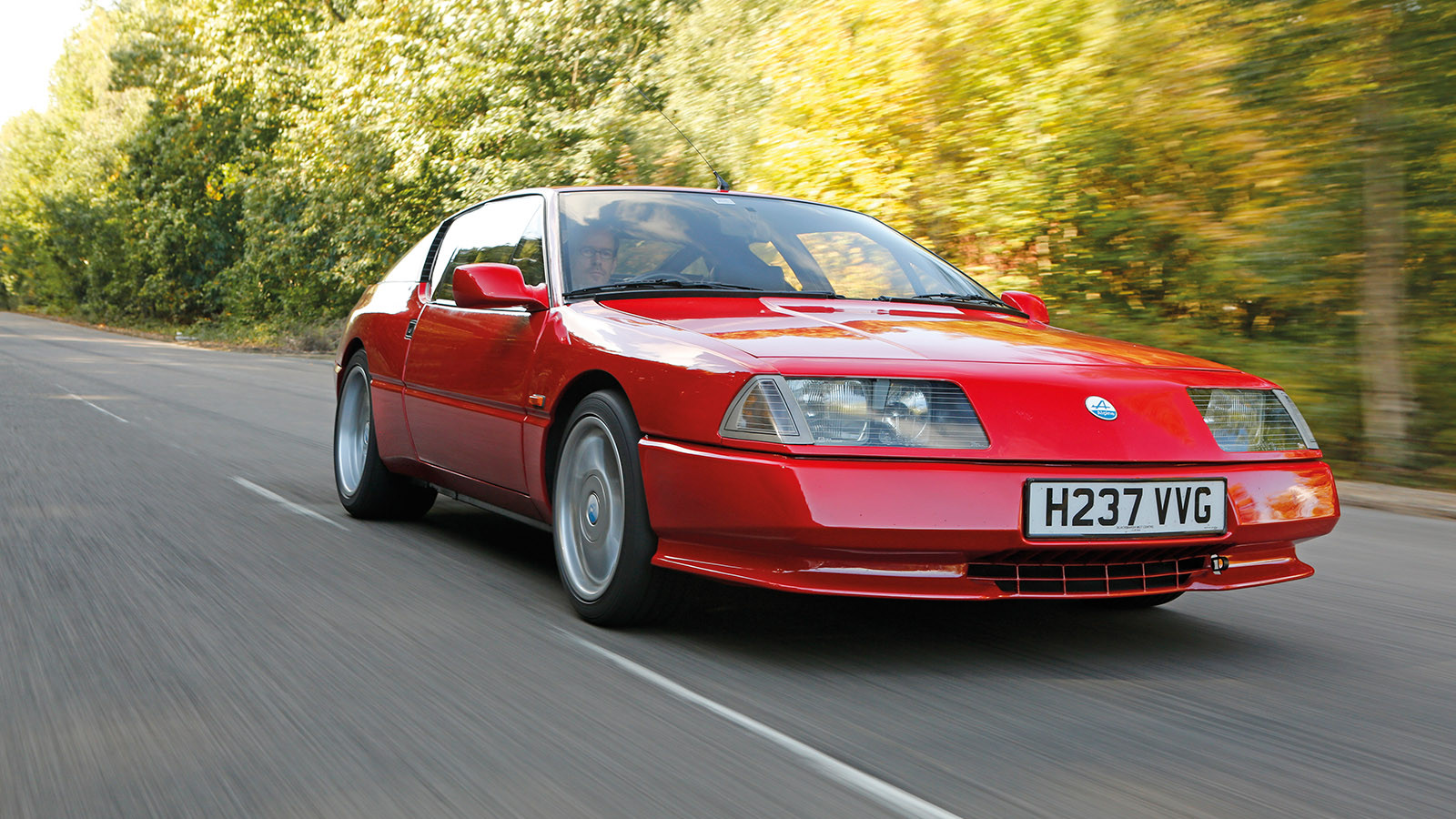 © Tony Baker/Classic & Sports Car
© Tony Baker/Classic & Sports Car -
 © Tony Baker/Classic & Sports Car
© Tony Baker/Classic & Sports Car -
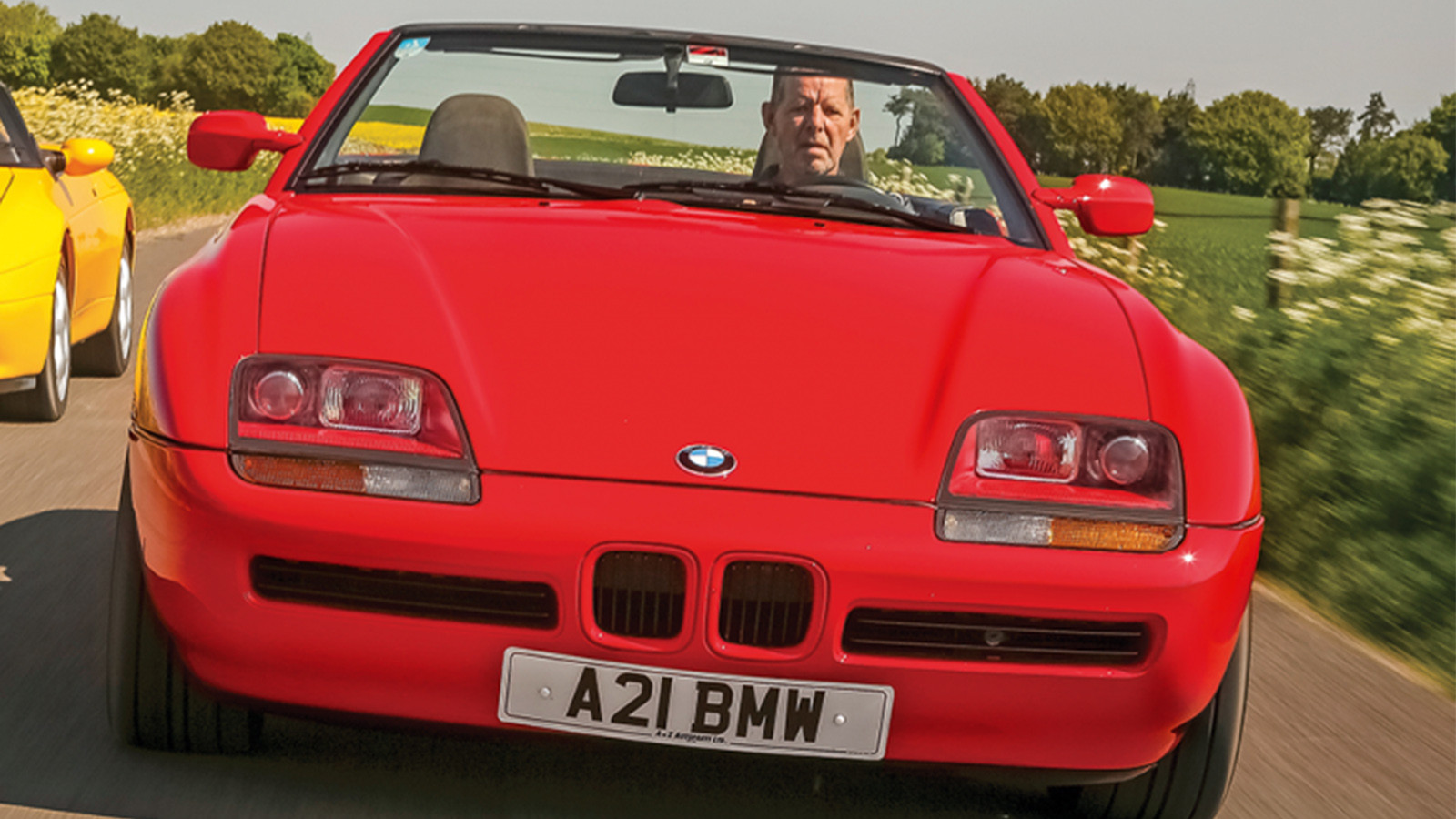 © Tony Baker/Classic & Sports Car
© Tony Baker/Classic & Sports Car -
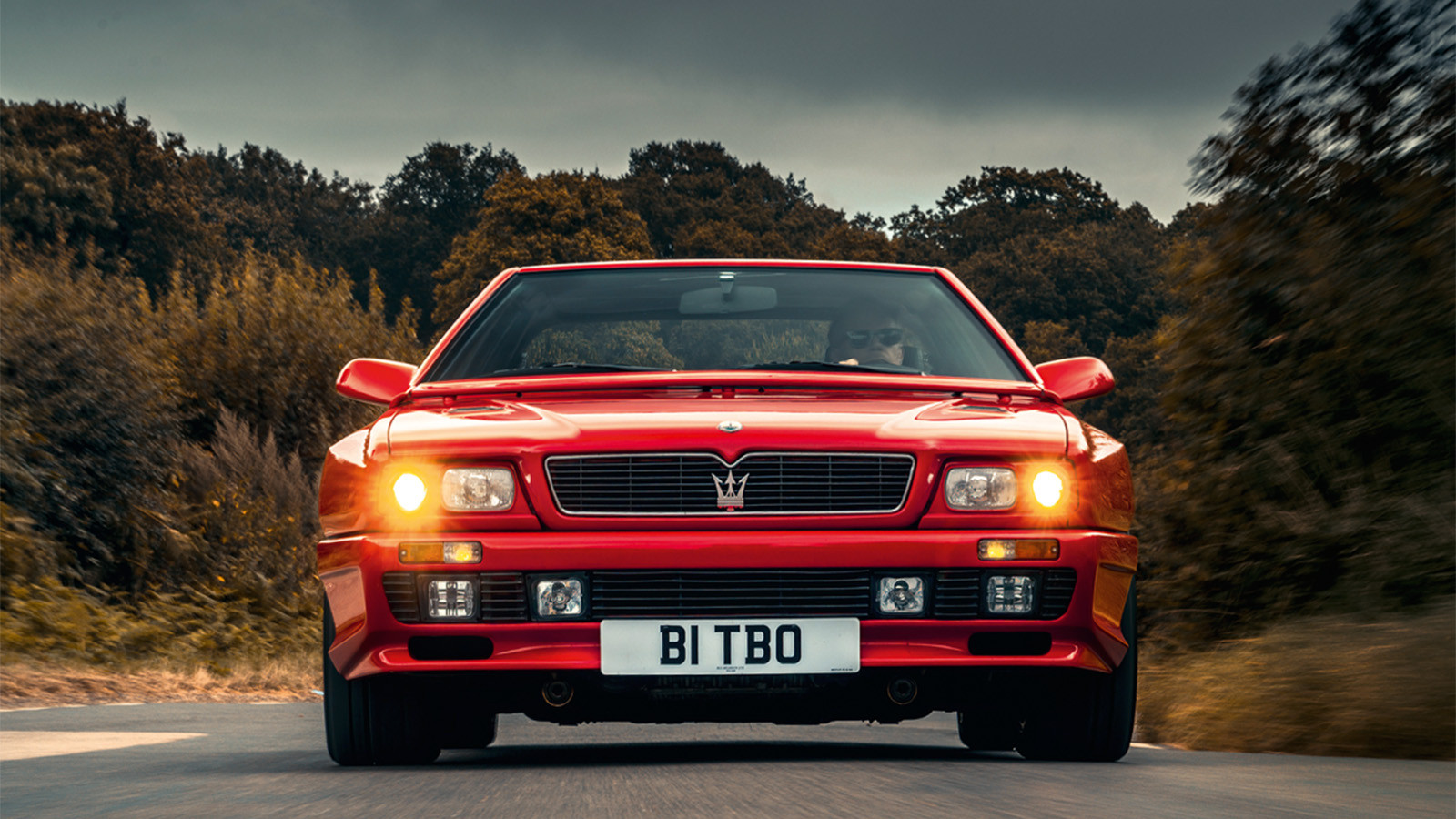 © Olgun Kordal/Classic & Sports Car
© Olgun Kordal/Classic & Sports Car -
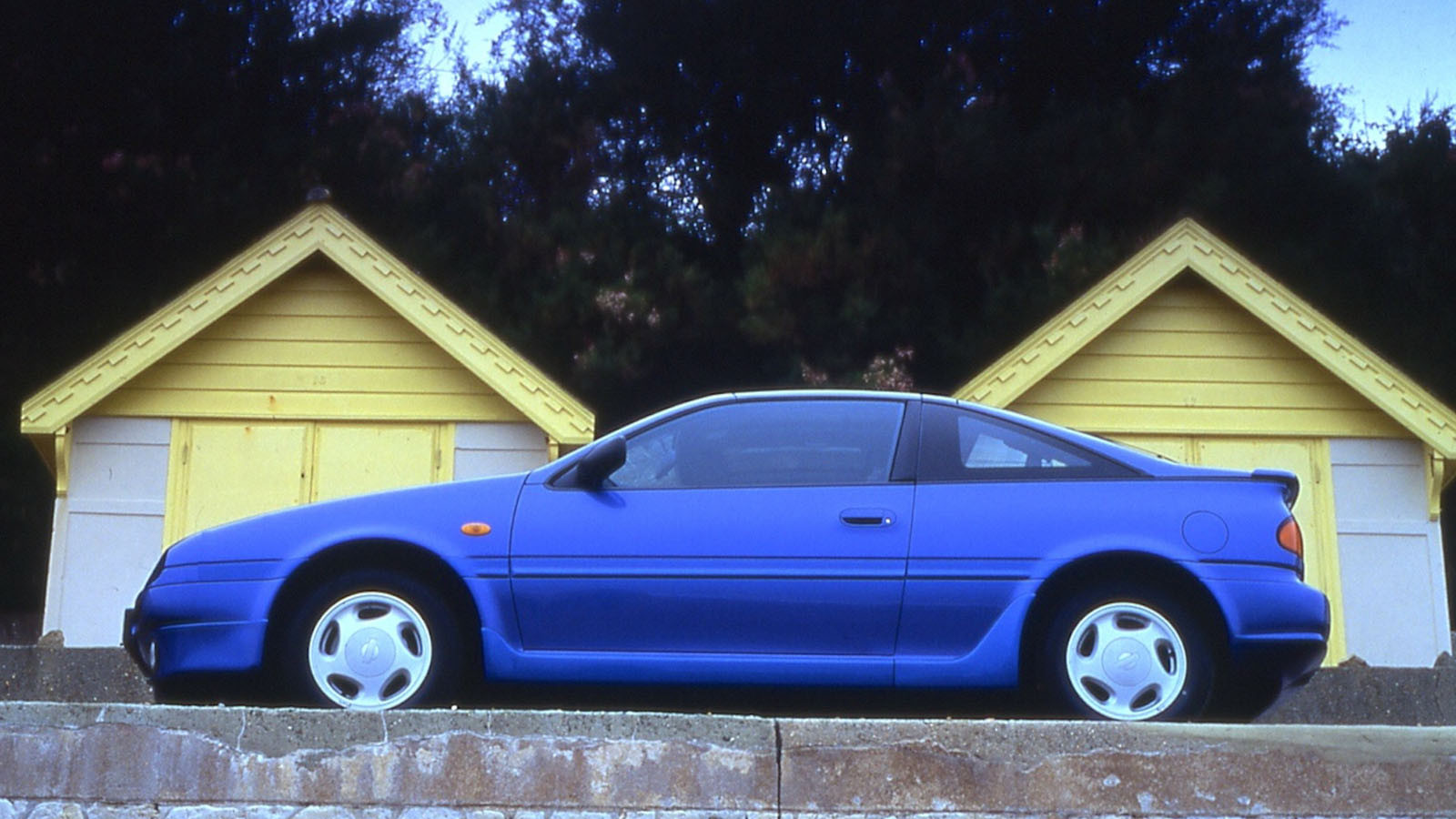 © newspressuk.com
© newspressuk.com -
 © Subaru
© Subaru -
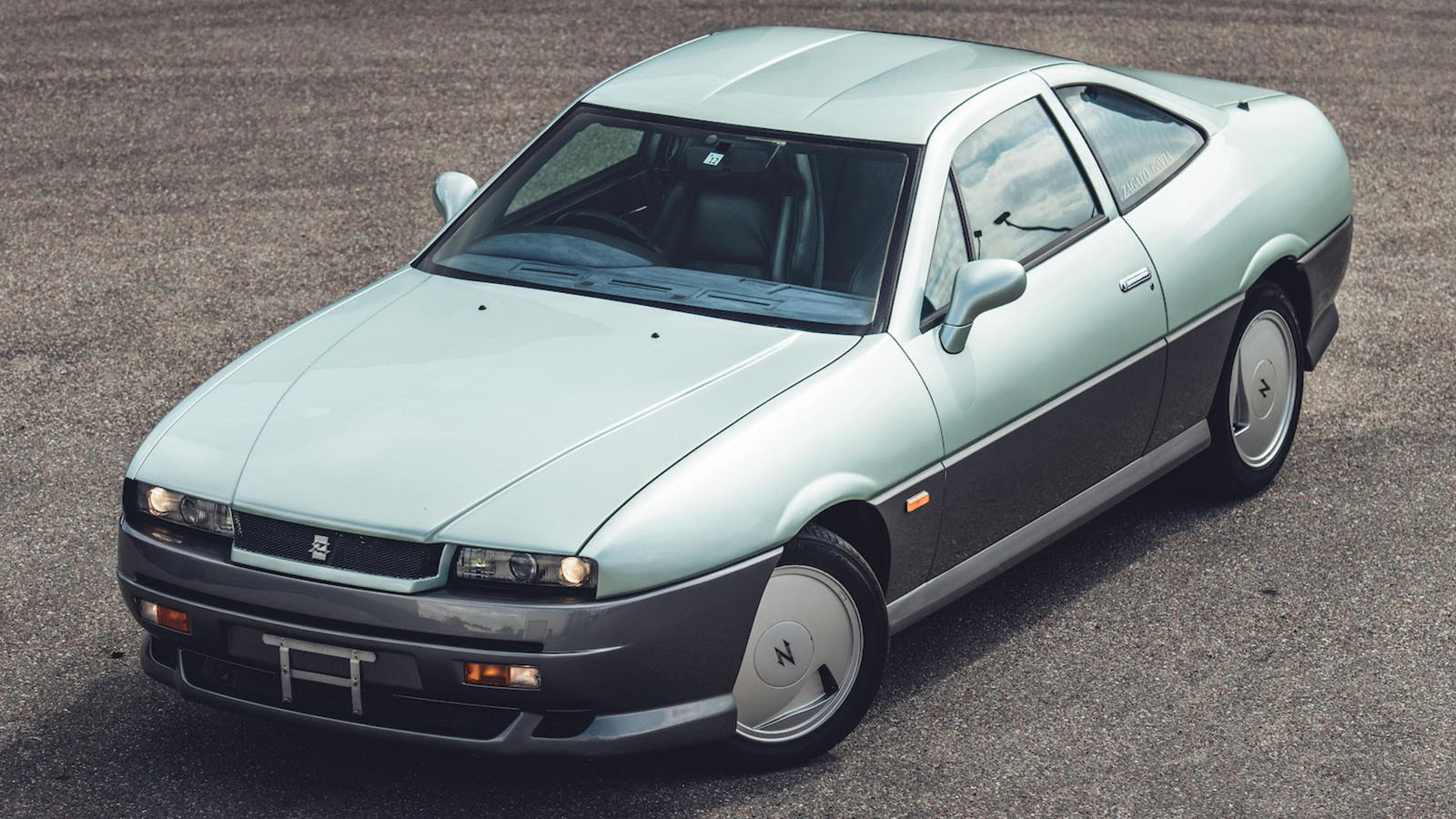 © Bonhams|Cars
© Bonhams|Cars -
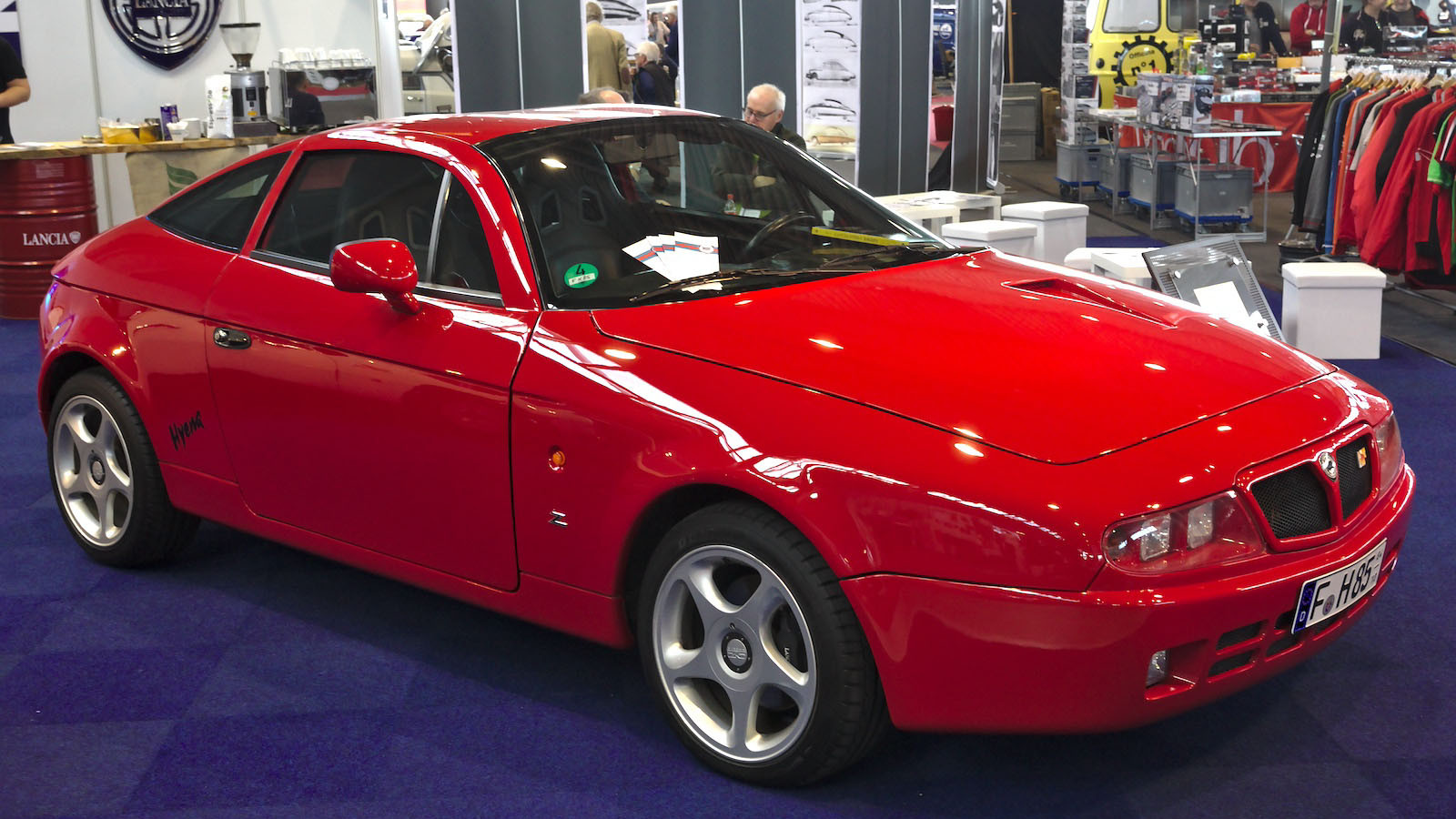 © Alexander Migl/Creative Commons https://creativecommons.org/licenses/by-sa/4.0/
© Alexander Migl/Creative Commons https://creativecommons.org/licenses/by-sa/4.0/ -
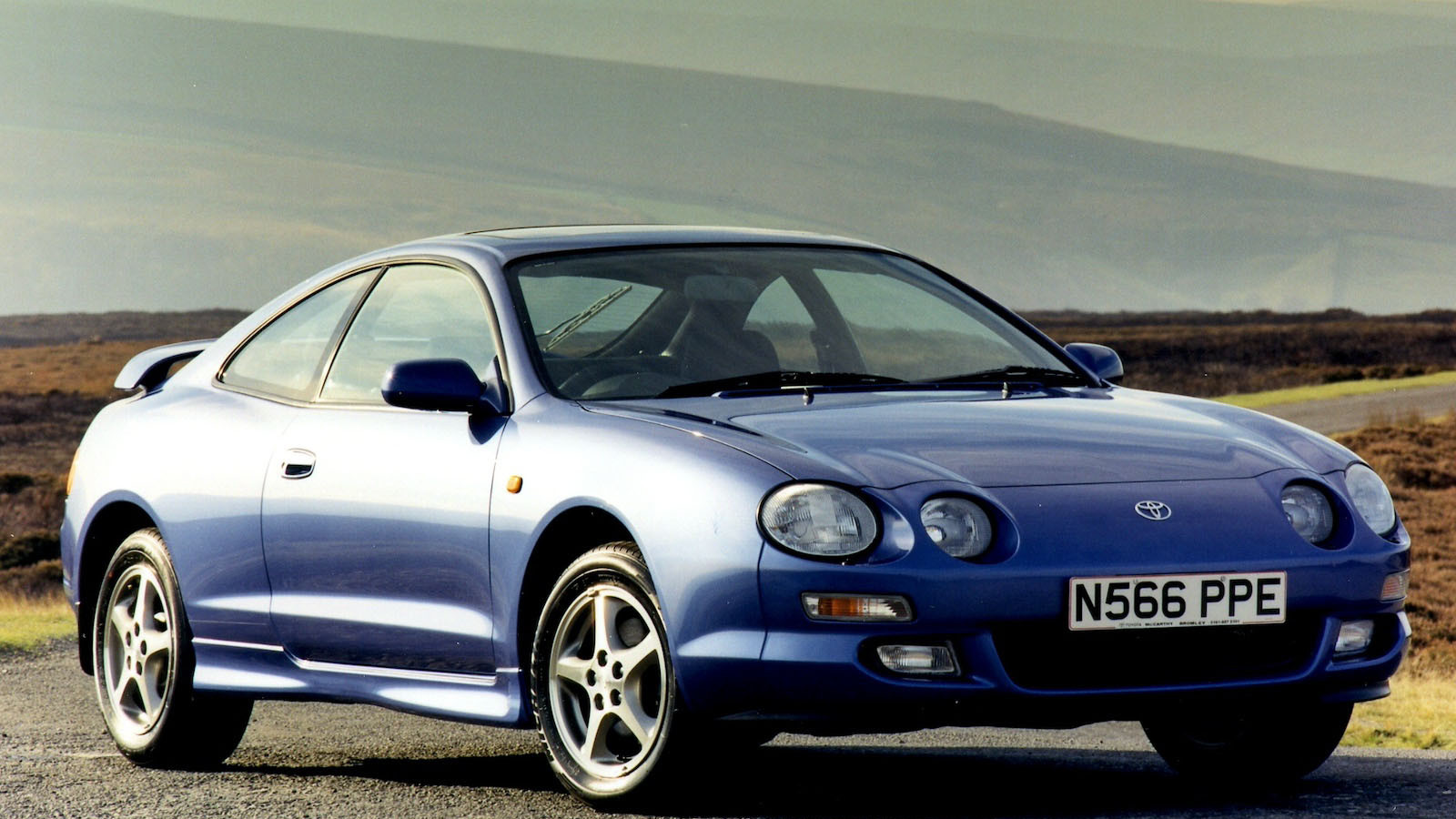 © Toyota
© Toyota -
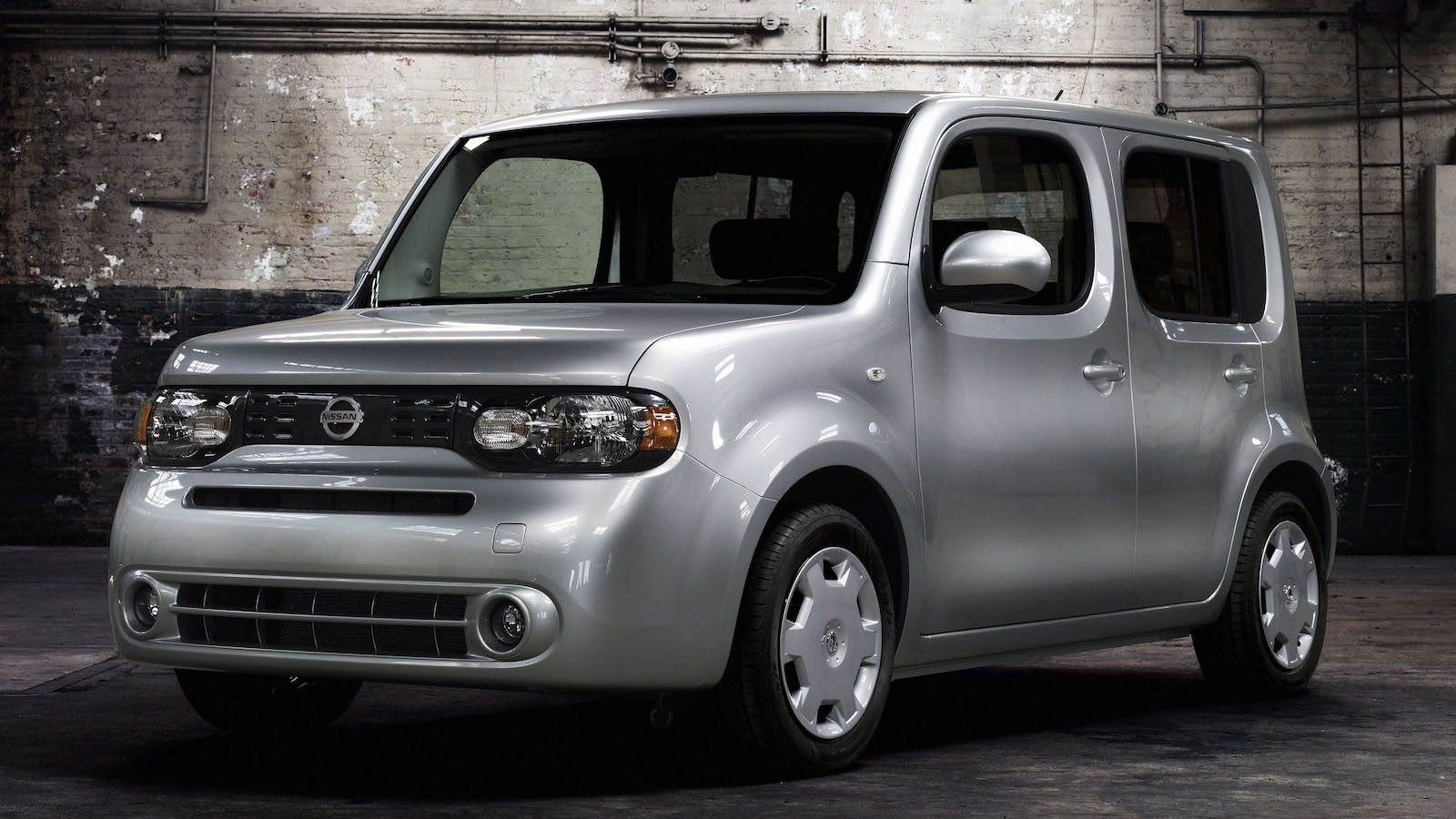 © Nissan
© Nissan -
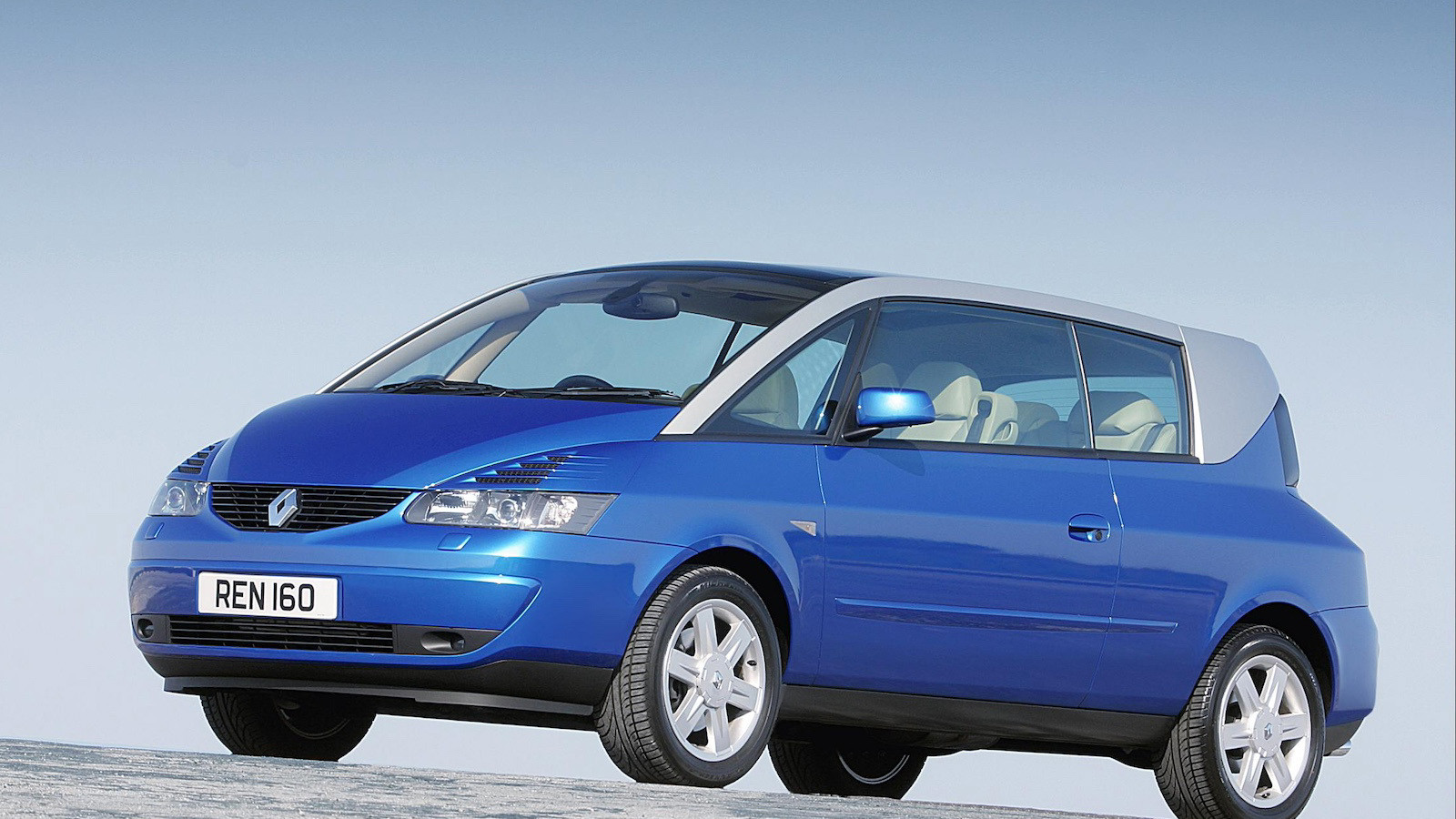 © Renault
© Renault -
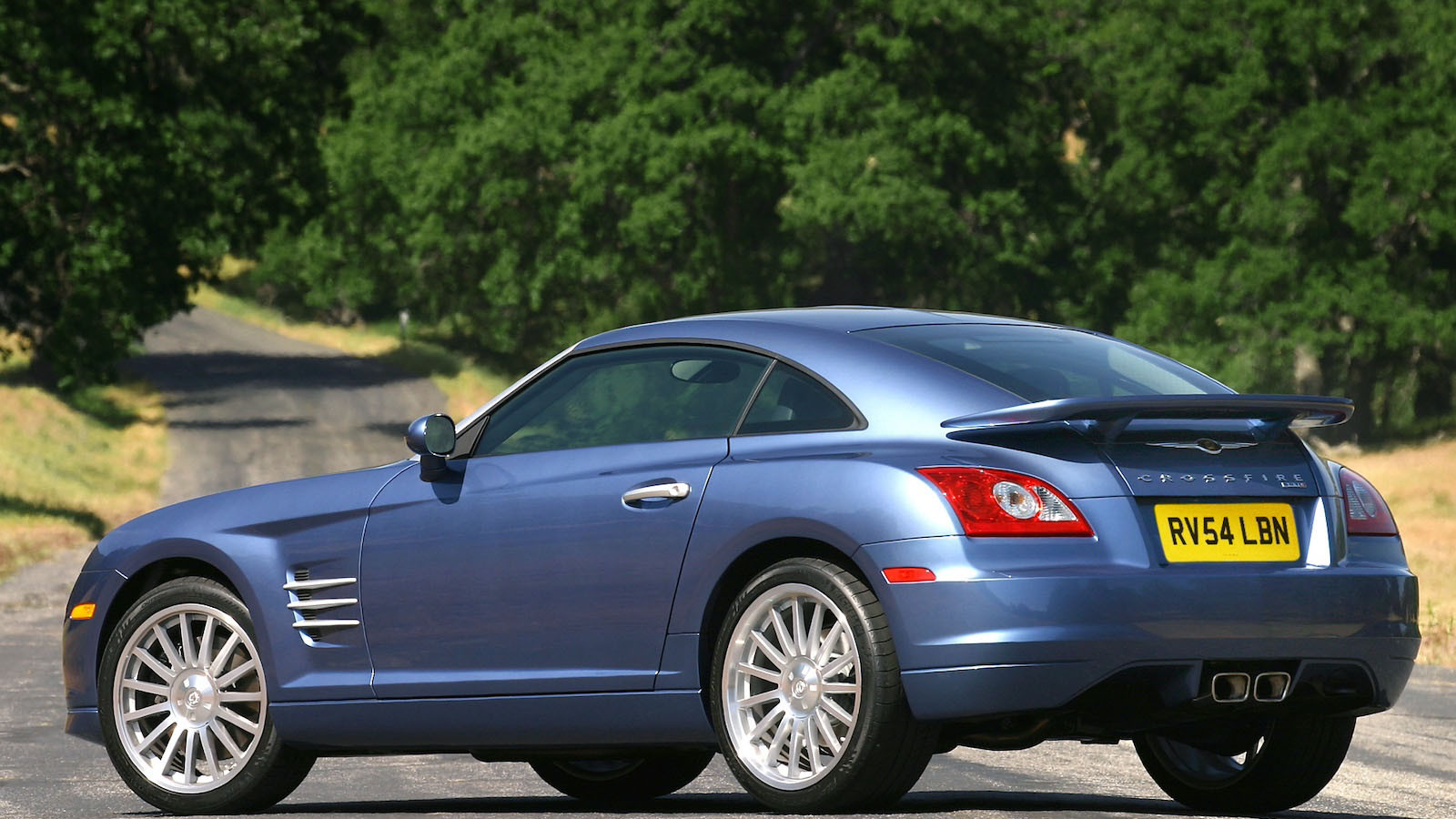 © DaimlerChrysler UK Limited
© DaimlerChrysler UK Limited
-
Beauty is in the eye of the beholder
Traditionally pretty classic cars get the lion’s share of the love, but is that fair?
We think there are an equal number of cars that aren’t praised highly enough for their makers’ bold styling choices.
Beauty is, of course, in the eye of the beholder, yet even if that’s the case, there’s something tantalising and thoroughly interesting about cars that cause you to take a second look.
The following 25 classics – organised in chronological order – might not instantly appeal to the aesthetes out there, yet all have something about them that sets them apart, and we think that’s worth celebrating.
-
1. 1948 Citroën 2CV
Unconventional could be seen as Citroën’s mission statement. Even more so in the classic era.
The famous French firm often prides itself on not following the herd, with its customers – somewhat ironically – following suit in their droves.
DS and SM aside, almost all its products can be categorised as unconventional, with the little ‘Tin Snail’ no exception.
If you think the production car looks a little odd, then its shovel-nosed, cyclops prototype would probably have you reaching for a pair of dark glasses.
There’s no denying, however, that the Citroën 2CV certainly did things its own way – and it’s since become widely loved for doing just that.
-
2. 1959 Chevrolet El Camino
This entry could easily have applied to the forerunning pick-up saloon mash-up Ford Ranchero, however, there’s just something – and feel free to disagree with us here – a bit cooler about a Chevrolet El Camino.
Those muscle pick-ups seared into our collective psyches are the 1960s Caminos, with good reason.
The first El Camino, however, arrived less than a decade earlier, with its huge fins and backwards-raked rear windscreen, which was certainly a challenging design, even for the late 1950s.
It remains an unusual and slightly unwieldy silhouette, yet gloriously and unmistakably of its era. If you wanted an estate with a pick-up bed instead, the El Camino was a GM fan’s ideal machine.
-
3. 1959 Daimler SP250
Seeing the success of British sports-car makers, post-war, Daimler decided to get in on the action.
Having a V8 engine was deemed crucial to Stateside success, so Edward Turner’s new 2.5-litre motor was a good match.
The new Daimler was built on a Triumph TR3-based chassis, yet early cars suffered from its parent firm’s sporting inexperience, flexing significantly more than was desirable.
Together with its challenging design and by-then old-fashioned rear fins, the SP250 didn’t really make much of an impact.
A recession in the US, which coincided with the SP250’s launch, caused several of the 2654 examples made to be returned to the UK, unsold.
-
4. 1961 Amphicar
Perhaps inevitably, for a car also serving as a boat, the West German-built Amphicar looks unusual.
Its hull-like body design and off-road lookalike ride height don’t make it an all-time easy-on-the-eye classic car, however, once it’s in the water (and most of it is obscured), the design becomes a lot more cohesive.
Capable of hitting nearly 70mph on the road and 7mph (6 knots) on the water, the was powered by a reverse-mounted 1200 Triumph Herald engine.
The Amphicar is notable for being the only mass-produced civilian amphibious vehicle ever sold.
There’s good reason for that, too. Only 3878 were produced from 1961-’65, with the majority (3046) going to American customers. It seems most people preferred to use a ferry.
-
5. 1965 AMC Rambler Marlin
For some reason, the AMC Rambler Marlin (later just Marlin), gets a lot of hate for its looks, though we think there’s a lot to like.
While its performance rarely lived up to its sleek silhouette – 327cu in V8 engine aside – the Marlin was designed to fill a niche for those owners who wanted a sexy two-door, with a bit more space.
The exaggerated fastback design of the Marlin has been attributed to the AMC in-house design team, led by Dick Teague – who went on to become VP of AMC design and oversaw such other controversial cars as the Pacer and Gremlin.
Though he surely redeemed himself with the Jeep Cherokee XJ.
-
6. 1965 Lancia Fulvia Sport Zagato
The conventionally very pretty Lancia Fulvia rightly has a host of fans. Its more angular and acute Fulvia Sport cousin, however, isn’t quite as universally well received.
Its blunted and slightly bloated front end isn’t helped by the squared-off headlights and large chrome grille; yet the masterful rear and profile more than make up for it.
The Sport’s Zagato styling apparently sprung from the pen of the great Ercole Spada.
Despite this pedigree, the little Lancia Fulvia Sport Zagato is likely the least desirable of all the famous Italian design house’s efforts.
Slightly unfair, but it seems to finally be appreciating at long last.
-
7. 1966 Lotus Europa
Having already revolutionised the small sports-car market with the game-changing original Lotus Elan just four years earlier, Colin Chapman decided it was about time he brought the mid-engined layout to the masses.
His car for Europe (hence the name) was developed in a whirlwind 18-month period using Renault 16 mechanical bits.
This kept costs down and, when combined with Chapman’s trademark featherweight design, made the Lotus Europa an exceptional driver’s car, especially for those under 6ft tall.
Styling is certainly distinctive, even considering the constraints of the mid-engined layout.
The flat rear deck impedes practicality and makes engine access tricky, though it’s not as bad as in many a mid-engined machine that followed.
-
8. 1969 Porsche 914
The co-developed (Volkswagen and Porsche) 914 was the German affordable mid-engined sports car of the 1960s.
With highly unconventional lines and build quality that was good, if not on a par with Porsche’s – coachbuilder Karmann was contracted to build the 914 – it offered inherently excellent handling characteristics, if you could get past its unorthodox looks.
Both VW and Porsche benefited from the model that was entirely different in concept and execution to either one of its progenitors’ established ranges.
The best Porsche 914 was powered by a six-cylinder engine, though all handled superbly, even if they looked a little too different for some people.
-
9. 1970 Bond Bug
The wonderfully carefree design language of the 1970s seemingly meant anything was possible; see exhibit A, the Bond Bug.
Tom Karen’s design for this funky little three-wheeler was both fabulously fun and quasi-futuristic.
These bold and bright orange glassfibre-bodied machines were so light they were classed as motorcycles, making them cheap to run and easy to manoeuvre.
Although called a Bond, that firm was bought out by Reliant in 1969, making the Bug a Reliant in all but name.
Marketing momentum tried to push the Bug to younger drivers, but with a price of £629 (for the range-topping 700ES), the Bug was too expensive and wasn’t a sales success, Reliant shifting just 2500 by the model’s demise in 1974.
-
10. 1970 Ford Pinto
American car manufacture – and European for that matter – wasn’t enjoying a golden age in the 1970s.
Pressure from oil crises, imported competition, and more stringent environmental and safety legislation were all forcing a rethink among the Big Three.
Ralph Nader’s seminal tome, Unsafe at any speed, had also made consumers more aware of potential shortfalls in automotive safety.
Ford’s compact challenger to the likes of the VW Beetle and Datsun 510 of the time was the Pinto.
Developed in just 18 months, it used European engines from the Escort and a rear axle from the Capri.
Highly publicised fire-related accidents lead to 1.5 million Ford Pintos being recalled, with its reputation in tatters, yet among its initial faults, its styling wasn’t really considered one of them.
-
11. 1975 Triumph TR7
The Triumph TR7 was very much a fuel-crisis sports car, developed to appeal first and foremost to the marque’s largest market, the USA.
That meant the convertible version was an afterthought – due to increasing roll-over safety concerns – and the ‘complicated’ independent rear suspension and mid-engine layouts of European competitors were out.
What we got was a basic, frugal (ish), four-cylinder sports car, a dynamic all-rounder with a more forgiving ride than some of its rivals.
British Leyland did try to improve matters with Sprint and V8 versions, but it was arguably too little, too late.
The car’s bold Harris Mann styling, however, though controversial at the time, always looked crisp and cool to our eyes.
-
12. 1978 Saab 900
This is, surely, the archetypical Saab. A car that appeals to those who like to do things a little differently.
The herd might have been poised to buy BMWs by the hundreds of thousands, but if you had a bit of cash in the late 1970s and wanted a quality compact European with a bit of poke, the 900 (especially a turbo) made for an excellent alternative.
The Saab 900’s unusual styling was a logical progression of the excellent work of the marque’s long-term stylist Sixten Sason.
This model’s lines were developed under the guidance of one of Sason’s former students, incoming Saab lead designer Björn Envall.
Blocky, bizarre or beautiful, whatever you think about it, the Saab 900’s shape is certainly provocative.
-
13. 1982 Citroën BX
When Citroën went belly up in 1976, partner Peugeot took a controlling 89.95% share, creating the PSA Group in the process.
The first fully fledged product from the new union of two of France’s largest automotive firms was the Citroën BX.
Designed, in all its boxy beauty, by Bertone, the BX was a vitally important machine for its maker.
The GS and GSA, while popular, hadn’t been wild commercial successes.
The BX, thanks in part to its efficient range of Peugeot engines (especially the diesels), became a fleet buyer’s favourite and, in the process, likely saved Citroën from obscurity.
-
14. 1984 Renault Alpine GTA
Near-unique sports cars don’t come along too often. When they do, they often trade something in the way of practicality, performance or build quality to achieve what other makers can’t.
Having bought-out Alpine in 1974, Renault decided its next low-volume Alpine collaboration would have no such compromises.
The Renault Alpine GTA was a vastly superior product in terms of quality and NVH when compared to its predecessor.
Its bonded glassfibre bodywork also looked fantastic, slipping through the air with a class-leading 0.28Cd drag coefficient.
-
15. 1988 Alfa Romeo SZ
Affectionately referred to as ‘Il Mostro’ (the monster), the Alfa Romeo SZ – and its open-topped cousin (RZ) – certainly divide opinion.
Some place these coachbuilt Alfas among the ugliest cars ever made, while others fawn over their blunt and brutal visage.
These divisive classic cars came about after Fiat took the reins at Alfa in 1986. Immediately prior, Alfa had been grabbing headlines for all the wrong reasons, with the then state-owned firm mired in industrial action and debt.
To distance itself from this era, the SZ and RZ were developed to symbolise a new dawn.
Productionised and built by Zagato, and designed by the team at Centro Stile Fiat that included former Citroën star Robert Opron, led by Walter de Silva, these rare and sought-after Alfas are, today, finding more fans than ever.
-
16. 1989 BMW Z1
Before the monumentally popular Z3 and Z4, BMW’s roadster revival kicked off with the innovative and interesting Z1.
There are almost too many fascinating design diversions within the Z1 to list, so we’ll stick to the main two: its famous vertically retractable doors and modular glassfibre bodywork.
It’s possible to replace all the Z1’s outer panels in an afternoon, at home, provided you have a spare set; ideally in a different colour.
The above considerations meant the design of the BMW Z1 – credited as the work of Dutchman Harm Lagaay – looked like nothing else.
Its deep sills were needed to ensconce those doors, when retracted, but they also gave the Z1’s shell immense side-impact strength.
Unfortunately, it all proved a bit too wild to be a commercial success.
-
17. 1990 Maserati Shamal
The confusing array of Maseratis based on the Biturbo seems designed to befuddle.
One model amid said gaggle that stands out of the crowd is the Maserati Shamal.
This machine has a fearsome reputation for spitting drivers into ditches at the merest provocation, though, as usual, that’s somewhat exaggerated.
Rather like the car’s styling, which is at once both brutal and baffling, and unashamedly butch.
This isn’t a traditionally pretty car, with challenging features such as its blunt snout and rear wheelarches with odd radii.
Its somewhat fearsome form seemingly matches its near-mythical road manners.
-
18. 1990 Nissan 100NX (B13)
To the loss of the motoring world in general, the days of the small hatchback-based sports coupé seem to be long gone.
This was an era that spawned the Golf-based Volkswagen Scirocco, Civic-a-like Honda CRX and Fiesta-based Puma, among many others, most of which were brilliant.
These great-driving and affordable coupés seem to have all but died out. And that’s a shame, because it means we’ve been deprived of curiosities like the B13 Pulsar-based Nissan 100NX.
This quirky-looking, targa-topped coupé was overpriced and undersold when new, making it a rare sight even in its heyday. Now, it’s all but extinct.
-
19. 1992 Subaru SVX
It’s meant to look like the cockpit of a fighter jet, if you squint (a lot).
The Subaru SVX (known in some markets as the Alcyone) was a money-no-object build from a cash-rich and ambitious Fuji Heavy Industries of the late 1980s.
By the time this complicated and therefore expensive coupé was ready for the public, the world’s economic situation had taken a nosedive.
The SVX’s 3.3-litre (EG33) flat-six engine was bespoke, with its rather radical (seemingly straight from an anime cartoon) styling the work of Ital Design.
The Subaru’s complexity and cost meant it was never a commercial success, but it boasts a well-deserved niche fan base today.
-
20. 1993 Autech Gavia
We’ve chosen the later Autech offering here, because it’s far less challenging on the eye than its Stelvio AZ-1 predecessor.
The Stelvio and Gavia were the result of Nissan’s in-house tuner delving into its parts bin and fitting the best of what it found to a body designed by Zagato.
The result is an elegant if somewhat ungainly GT, with power provided by the V6 engine from a contemporary 300ZX.
Like the aforementioned Subaru SVX, the Gavia was another Japanese luxury GT launched into the jaws of a recession, with the model being swallowed up after a mere 16 were sold.
-
21. 1993 Lancia Hyena
It seems we aren’t the only fans of the small ‘affordable’ coupé, because Netherlands-based Lancia importer, Paul Koot, wanted to revitalise the very same sector in the early 1990s.
His plan was to take the mighty, multiple-WRC-title-winning Integrale and give it a bespoke alloy body by Zagato.
The process was torturous to say the least, with Lancia refusing – allegedly due to its manufacturing process – to give Zagato a bare shell.
Instead, showroom examples supposedly had to be bought, gutted and rebuilt into Hyenas, instantly doubling the cost.
Koot’s timing couldn’t have been worse, with Lancia winding down Integrale production after just 24 Hyenas (of a planned 500) had been built by 1994.
But those that were made now make a fascinating and fast motoring footnote.
-
22. 1994 Toyota Celica (ST202/5)
Most have now forgotten that the Toyota Celica was not only a great driver’s car, but also responsible for spawning the Supra.
The Celica and Supra had parted ways by 1985, the latter following its own six-cylinder path, leaving the Celica to plough its own four-cylinder turbo furrow.
Come the early ’90s, with the departure of Lancia from the World Rally Championship, Toyota proved dominant.
Hoping to follow the success of its ST185 generation, the ST205 GT4 was fielded in 1995. Winning one solitary WRC event before being disqualified, Toyota had to be content with the ST205 winning the European Rally Championship instead.
The front-wheel-drive GT (ST202) and four-wheel-drive GT4 (ST205) are both hugely capable classic cars, but there’s no denying their divisive styling.
-
23. 1998 Nissan Cube (Z11)
Many cars are dismissed as being styled ‘like a box on wheels’, but that’s precisely the point of the Nissan Cube; the clue’s in the name.
If fitting as much within a wheelbase as possible is your goal, then this is the route to take.
Despite its van-like looks, the Nissan Cube wasn’t designed to haul stock, it was developed as an efficient people carrier, without the usual fripperies for the style conscious.
The irony being, since its form follows its function, that it has since become a minor automotive style icon.
With its asymmetric glass house, easy-to-place dimensions and frugal Micra underpinnings, this Nissan makes an ideal urban companion.
-
24. 2001 Renault Avantime
Famous for its motoring foresight – it effectively invented the people carrier with the Espace – Renault has, on occasion, also taken automotive leaps too far.
The Avantime is one of its most high-profile flops, but beyond cold, hard figures (the Avantime made a catastrophic loss), there’s also an awful lot it got right.
Just look at it… It’s a stunner. There’s certainly very little wrong with the work of Patrick Le Quément.
However, the concept of making an Espace coupé was disastrously flawed.
Ditching much of the practicality of the Espace and replacing its modest portals with two vast doors wasn’t the best move (despite the clever hinges), but we nonetheless applaud Renault for its bravery.
-
25. 2003 Chrysler Crossfire
Designed as a concept car in 2001, by American stylist Eric Stoddard, the Chrysler Crossfire was presumably well enough received, because it was released for public consumption in 2003.
You certainly can’t claim that the Crossfire lacks flourishes, in many ways there are perhaps too many.
Looking at the car that provided much of this Chrysler’s platform and running gear, the R170 Mercedes-Benz SLK, it’s chalk and cheese.
Where the Mercedes was clean and classical, the Chrysler was bold and brutish.
It gained fans and detractors in equal measure but certainly caused a reaction, one way or the other, which was arguably what its maker intended.
We hope you enjoyed this gallery. Please click the ‘Follow’ button above for more super stories from Classic & Sports Car.
